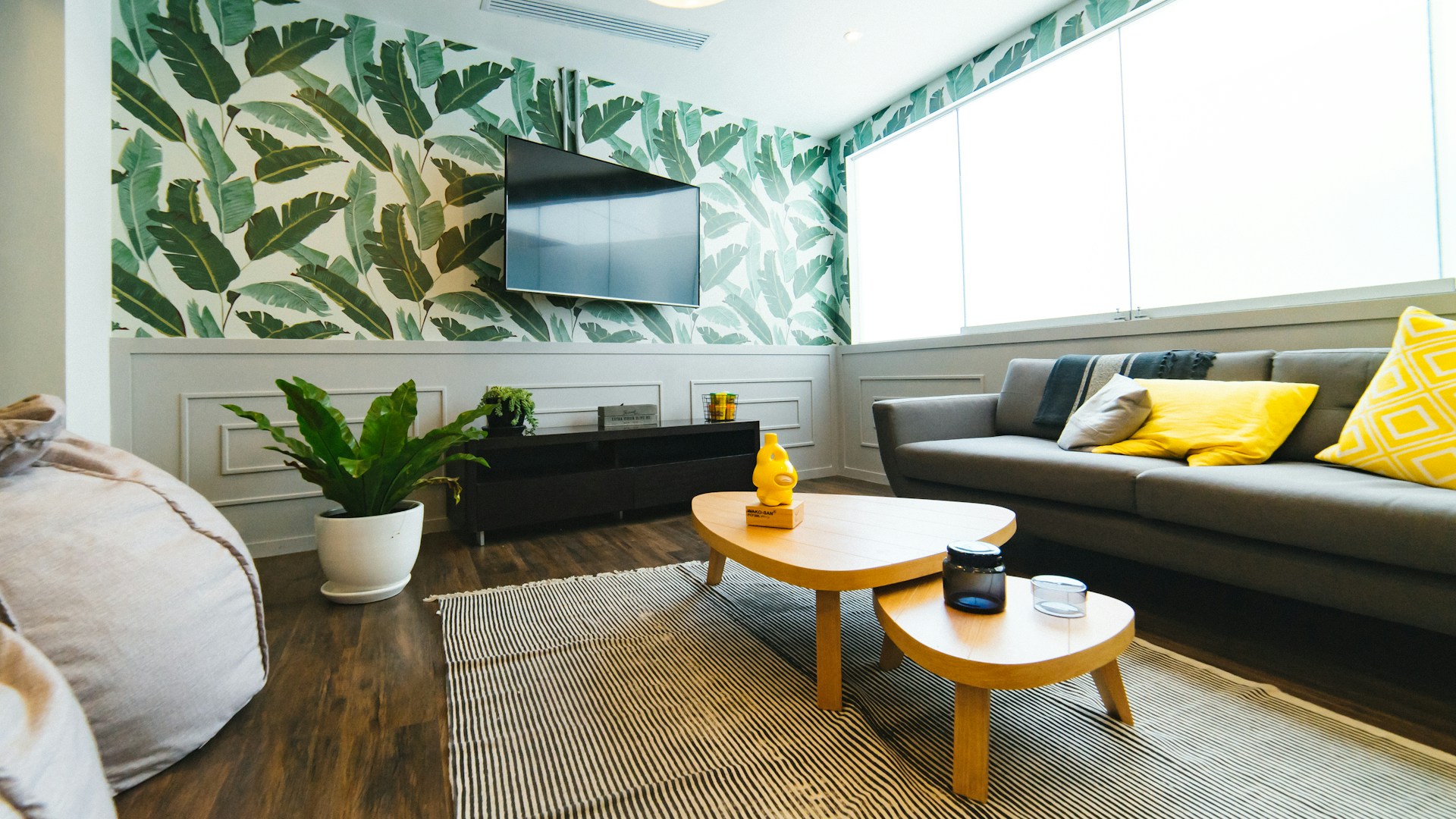What are the best ideas for a minimalist and eco-friendly home?

As we continue to grapple with the challenges of climate change, creating eco-friendly homes is becoming more relevant than ever before. Sustainable design and minimalist living are two approaches that can help to reduce our carbon footprint and improve our overall quality of life. In this article, we will discuss some of the best ideas for a minimalist and eco-friendly home, focusing on interior design, energy efficiency, and material selection. Let’s dive in.
1. Embrace Minimalist Living
Minimalism is more than just a design sensibility. It’s a way of life that encourages people to pare down, declutter, and focus on the essentials. In doing so, it can help to create a more tranquil, harmonious living space, and reduce the amount of waste we generate.
A lire également : How can you maximize natural light in a basement?
When it comes to minimalist interior design, less is more. This means selecting furniture and decor items with care, opting for pieces that are beautiful, practical, and meaningful. Minimalist rooms often feature a restrained color palette, clean lines, and open spaces, which can help to create a sense of calm and order.
In a minimalist home, each room serves a specific purpose. For instance, the living room is a place for relaxation and socializing, free from unnecessary distractions. Using multi-functional furniture, like sofa beds or extendable dining tables, can also allow you to make the most of your space.
Lire également : What are the best tips for integrating a home theater in a living room?
2. Prioritize Sustainability in Home Design
Sustainable home design is about creating houses that are energy efficient, environmentally friendly, and healthy to live in. There are many things you can do to make your home more sustainable, from choosing eco-friendly materials to optimizing natural light.
One way to reduce your home’s environmental impact is to use reclaimed wood for flooring, furniture, and features. Reclaimed wood is not only eco-friendly but also adds character and warmth to your home. Similarly, materials like bamboo and cork are renewable and biodegradable, making them a good choice for floors and surfaces.
Natural light is another key aspect of sustainable design. Large windows, skylights, and open floor plans can help to maximize sunlight, reducing the need for artificial lighting and contributing to a more pleasant indoor environment. Moreover, good insulation and energy-efficient appliances can help to reduce your energy consumption and lower your utility bills.
3. Consider a Tiny House
Tiny houses are a growing trend in the world of sustainable and minimalist living. With their small footprint and efficient use of space, these homes are a testament to the principle that bigger is not always better.
Living in a tiny house requires you to adopt a minimalist lifestyle, as you will need to think carefully about what you bring into your home and how you use your space. However, it can also offer significant benefits, from reduced living costs to a deeper connection with nature.
Despite their small size, tiny houses can be stylish and comfortable. Many feature clever design ideas like loft beds, fold-out tables, and built-in storage, making the most of every square foot. And, with the right materials and design decisions, a tiny house can be as eco-friendly as it is charming.
4. Improve Indoor Air Quality
Finally, improving your home’s indoor air quality is an essential part of creating a healthy and eco-friendly living environment. Indoor air pollution can be caused by a variety of factors, from chemical off-gassing from furniture and building materials to mold, dust, and allergens.
To improve indoor air quality, opt for non-toxic, low-VOC paints and finishes when decorating your home. You can also use natural cleaning products and air purifiers to help eliminate pollutants. Additionally, introducing indoor plants can help to clean the air and add a touch of nature to your interior design.
In conclusion, minimalist and eco-friendly homes are not just about aesthetic appeal. They represent a commitment to sustainable living and thoughtful design. By embracing minimalism, prioritizing sustainability in your home design, considering a tiny house, and improving your indoor air quality, you can create a home that is beautiful, eco-friendly, and a joy to live in. Whether you’re renovating your current home or building a new one, these ideas will help you to create a space that aligns with your values and supports a more sustainable future.
